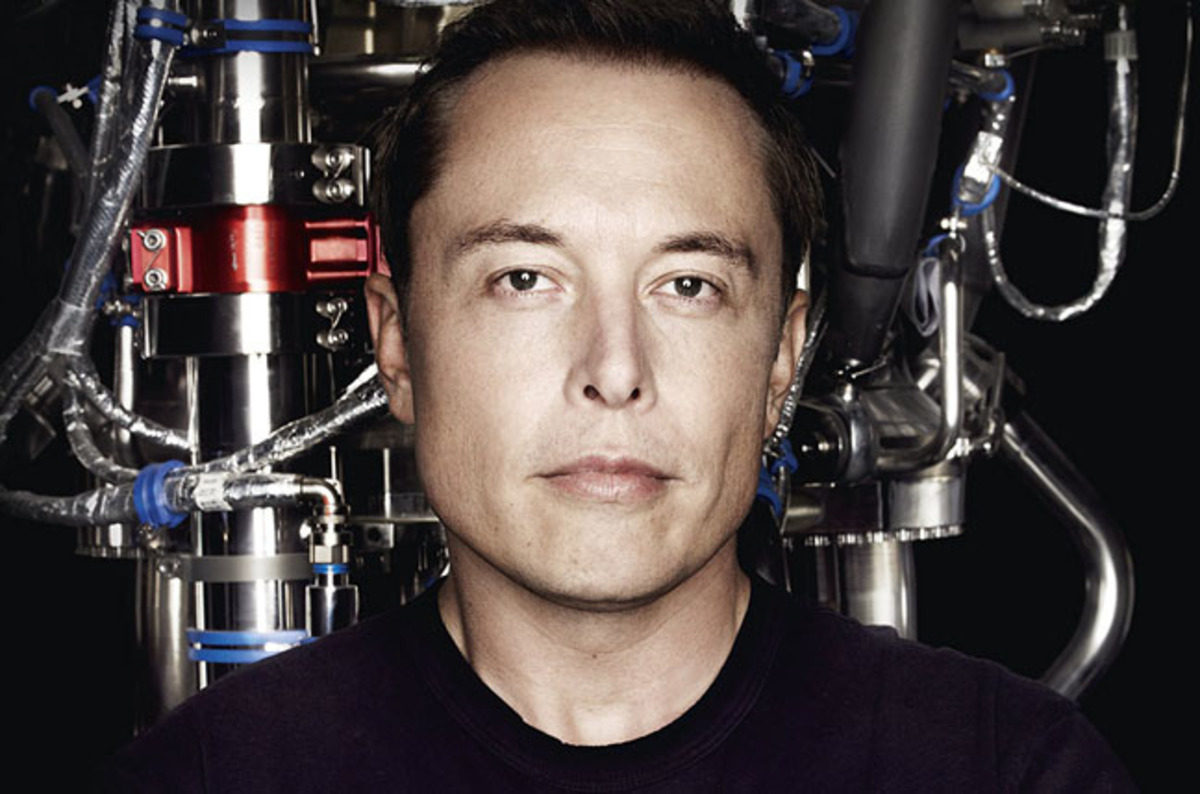“The Future of Fashion is 3D Printing Clothes at Home” is the title of the article that James Tarmy wrote in 2016 for Bloomberg. Currently, 3D printed clothes are only displayed at specific exhibitions like the Met Costume Institute’s Spring exhibition in New York and worn by models in exclusive fashion shows (Tarmy, 2016). 3D printed cloths are still hard to wear as 3D printed materials have not come close to fabric yet and in addition they are expensive. However, as 3D technology is already recognized as a disruptive technology in many industries, the fashion industry is no exception. The question that arises is whether we could print our own cloths at home in the future.
3D printing is widely seen as one of the emerging technologies of the current era. The technology for 3D printing has existed since the 1980s, but has not been capable and cost effective yet for high volume production. It is expected that this will change within the upcoming years as technology is improving. The 3D printing technique works as follows: solids parts are built by printing one layer at a time. One of the advantages of the 3D printing technique is the speed of production (Redwood, 2015). Specific parts can be produced in just a few hours, compared to several days to weeks in normal manufacturing Another advantage is the accuracy of production, since components are created one layer at the time. These advantages are very useful in the manufacturing industry as new designs are often developed. However, the above-mentioned advantages are not as significant in the fashion industry.
But on the other hand, there would be other advantages of 3D printing that are more relevant to the fashion industry. Wouldn’t it be ideal if you could print your own clothes that have your exact measurements? In today’s world, clothing that perfectly fits your body is often expensive and difficult to obtain. With the use of a 3D printer this could become a possibility. Additionally, the use of a 3D printer would be environmental friendly as there’s no waste of textile. Though, it is important to address that 3D printing within the fashion industry is still in its early stages. Companies have printed some clothing; however, these clothes were extremely stiff and hard to wear. Slowly the design has become more flexible, but it’s still far away from regular clothing, since the combination of 3D printing with fabric has not experienced a lot of growth. As a result, current use of 3D printing within the fashion industry is more focused on hardware like jewelry and footwear.
So, even if you would like to print your own cloths at home, you would still have to wait several years before this could become reality.
References:
https://www.3dhubs.com/knowledge-base/advantages-3d-printing
https://www.mbtmag.com/article/2016/01/how-3d-printing-will-impact-manufacturing-industry


